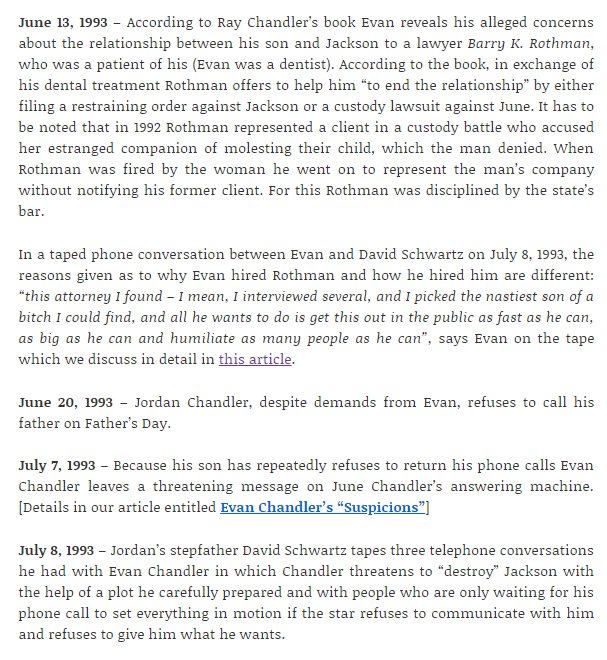A Twitter White Paper.
So, here is the deal. Recently, I posted a thread showing the difference between a 401k and a properly structured life insurance policy.
You can read that here:
And, I got a ton of " WeLl, AcKshuALy, I oNLy PaY .00007 PErCeNt.
sO yUor cAncELed."
Nope. They wanted to argue that a gagillion dollar investment company is basically paying THEM to invest money with them.
So....
This is going to be a long thread, but you're going to know more about this than most CFP's and CPA's by the time you're done.
And I bust my ass to be the single smartest person they know when it comes to ALL areas of personal finance.
I actually have a really good manager that won Lipper awards (they're like the Oscars, but for money, and much harder to get) because he helped his clients avoid massive losses in 2008 and 2009.
And the losses are what kill you
Sometimes asset backed pensions, also known as annuities.
And, I've extensively studied the Social Security system, so I help my clients maximize that too.
And, I help them pay less taxes.
Now, on to those pesky fees that you need to know about, so you can at least accurately calculate what you're really paying:
We'll use the example of the Fidelity Contrafund, since it is the single most popular managed fund inside 401ks.
Yes, Index funds are cheaper. They should be, because you're not paying anyone to watch it.
Be my guest.
But, you may spend years just trying to get back to break even the next time that happens.
And that's what many we're quoting me,
But, that is only part of the story...
Here is what Kiplinger’s Personal Finance says about trading costs:
The fees can vary by asset class....
They are not the only one who says this.
Note what Economist Dan Egan wrote in 'The Hidden Costs Inside Mutual Funds':
That’s the term applied to the fact that a big order can move a stock’s or bond’s price disadvantageously...
A study by the think tank Demos highlighted research indicating that a fund’s trading costs can exceed its TER, MORE THAN DOUBLING THE TRADING COST.'
'The median expense ratio of mutual funds in 401(k) plans was 1.27 percent in 2010....
However, the post-fee returns average only 4.5 percent, meaning that, on average, fees eat up over a third of the total returns earned.'
...giving you a 'real' cost of 1.67%;
Which, of course, is higher than the number I used in my example.
But I'm not done yet. It gets worse.
Now we've got to add in 401k fees as well.
That was the reason for the DOL Fiduciary Rule a few years ago.
Administrative fees: These fees are for general management of the 401(k) and can be referred to as recordkeeping or legal and trustee services.
And, of course, finding this information may not always be easy, and that is likely deliberate.
However, you may ask for a 404a-5 disclosure, which should list this.
And, as I expressed in the thread that started this discussion, using a 1.5% expense ratio for the 401k was, in my opinion, a very fair comparison.
Only @TPJansen stepped up, backed his stuff with math, and I'll comment on that tonight.
Obviously, you don't want Vanguard going out of business if they have you're money.
The whole point was, it's actually costing you more than you think,
Wait till you see my next thread on the diff between average and actual rates of return!








